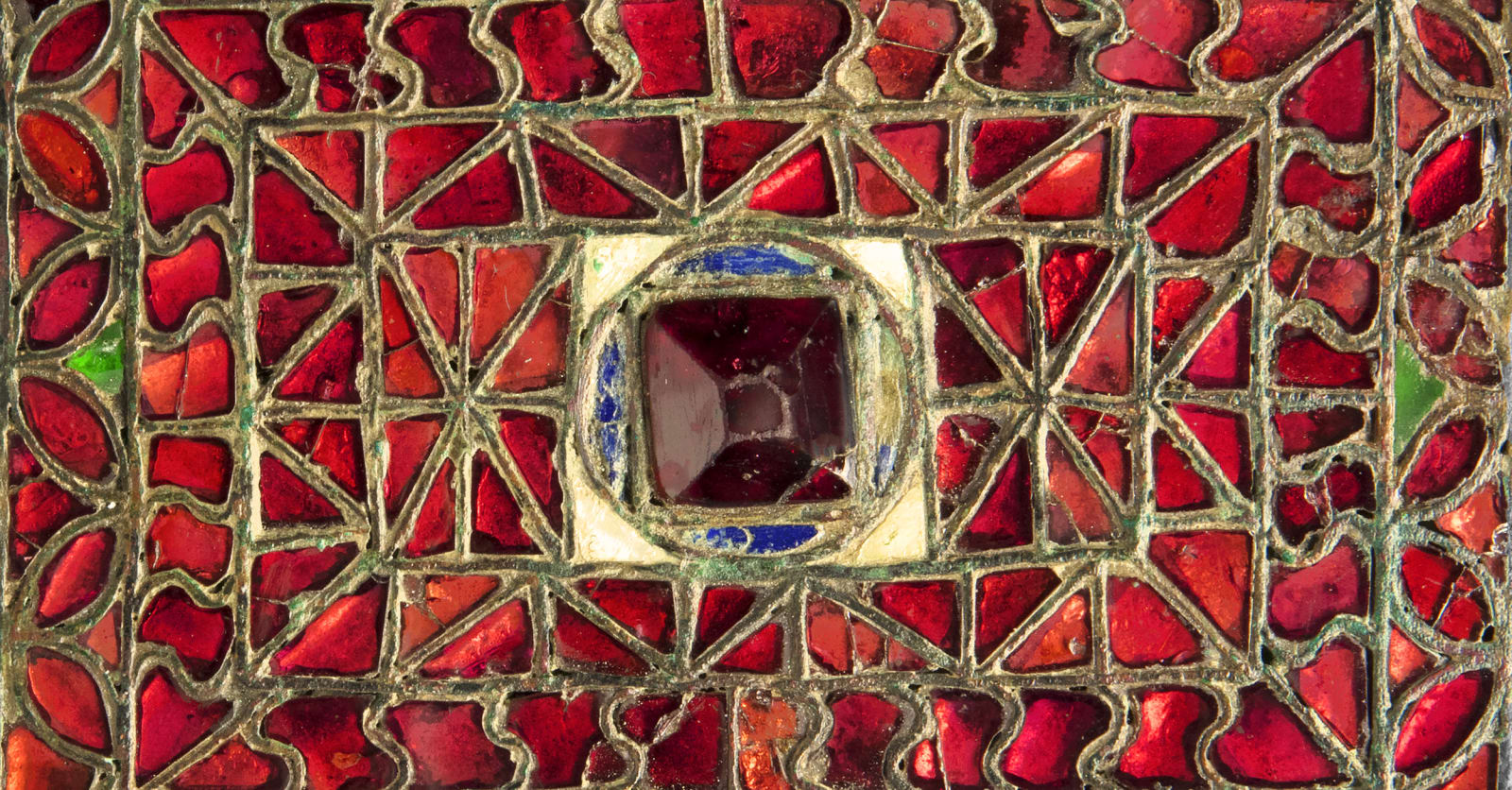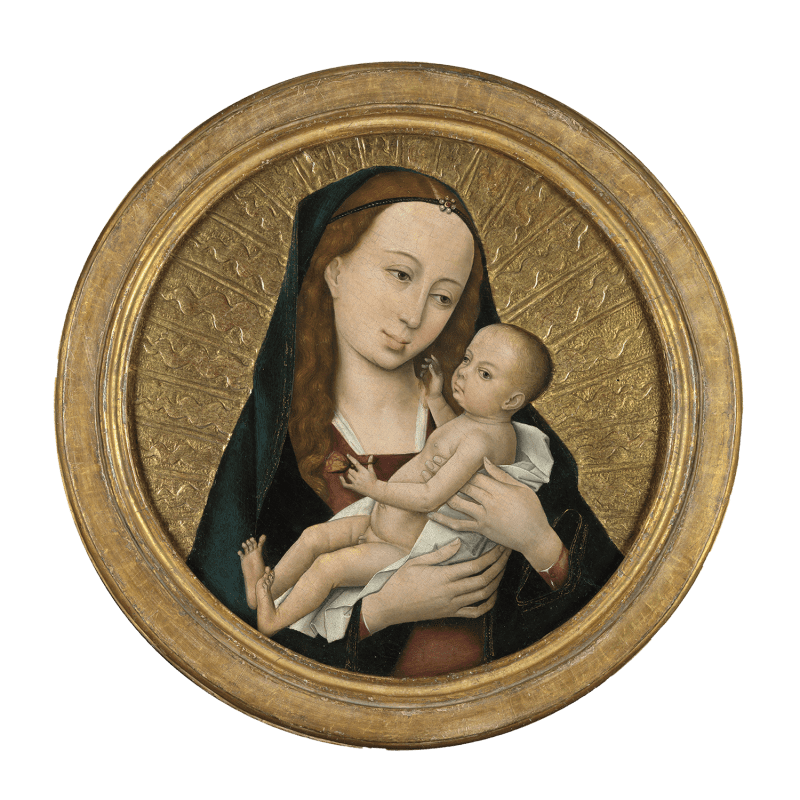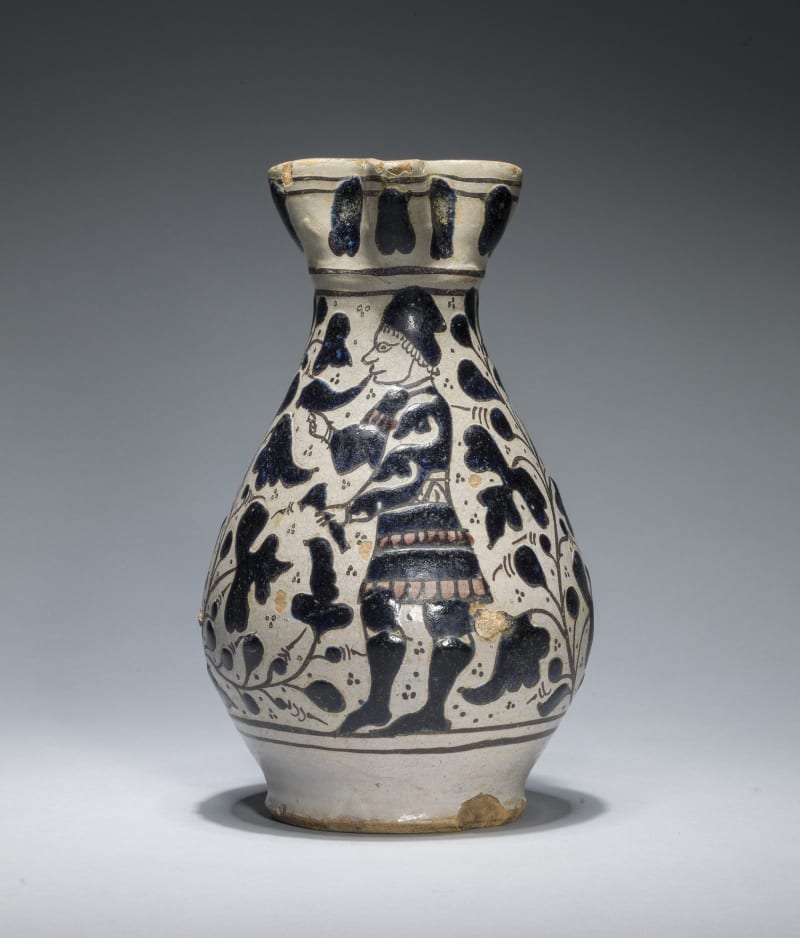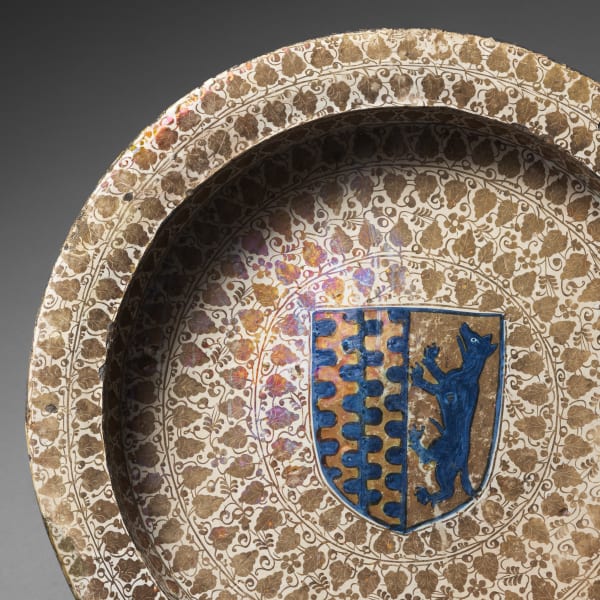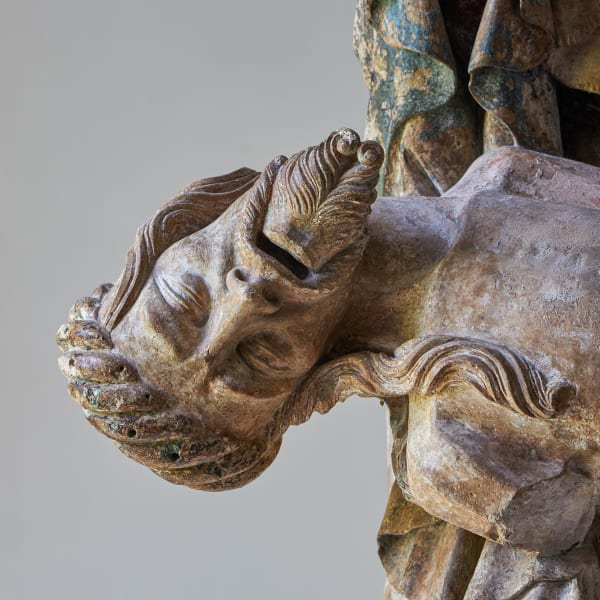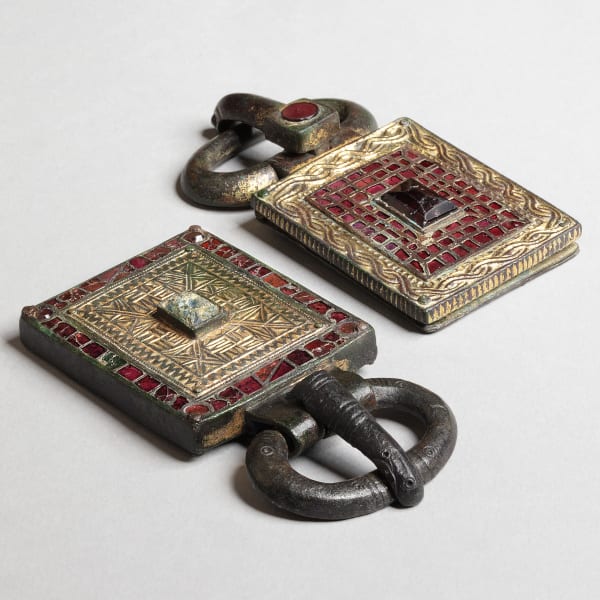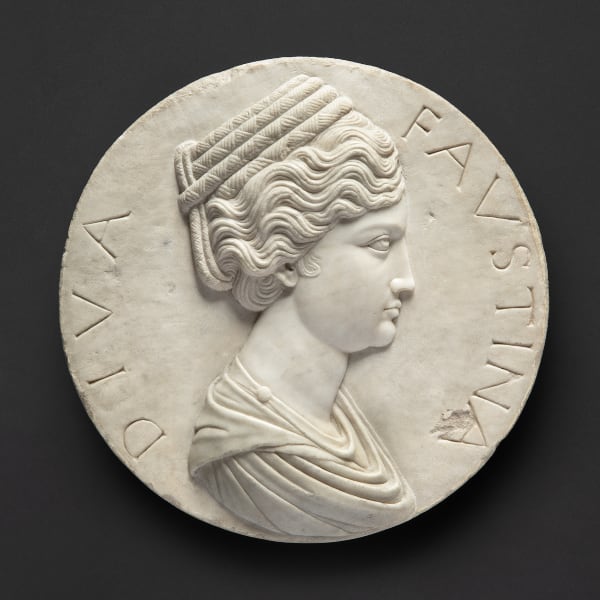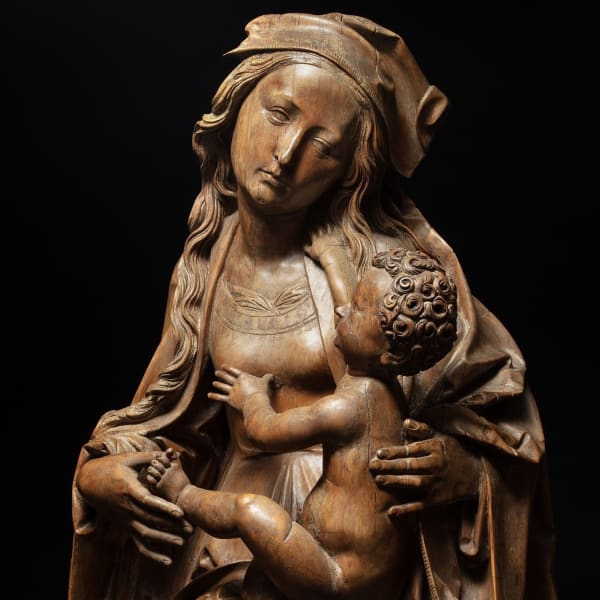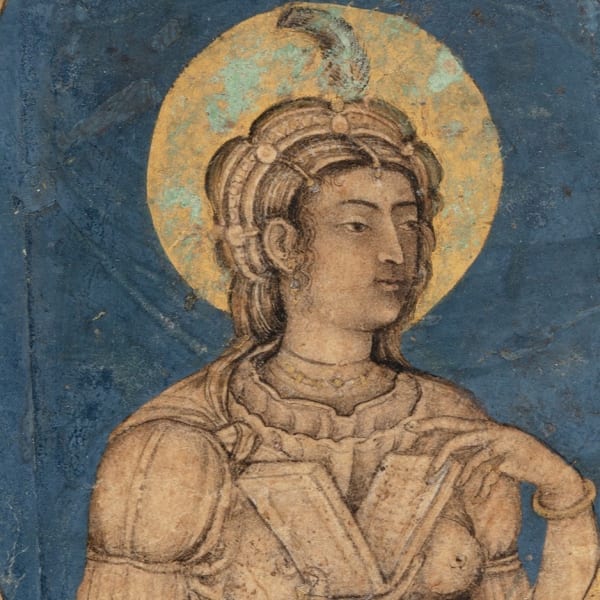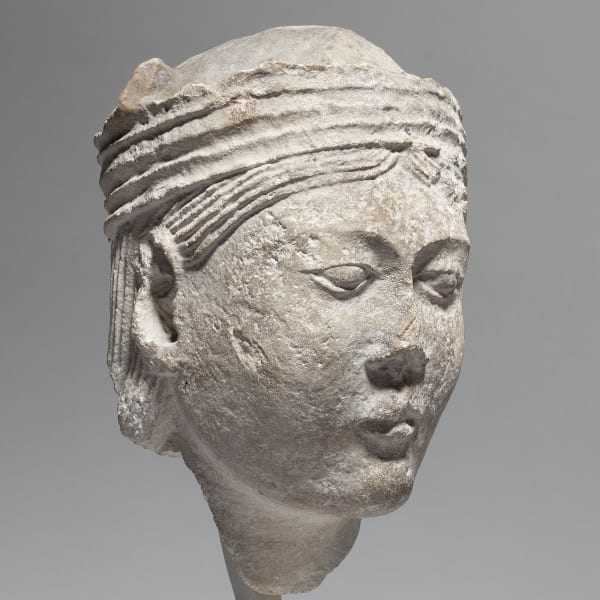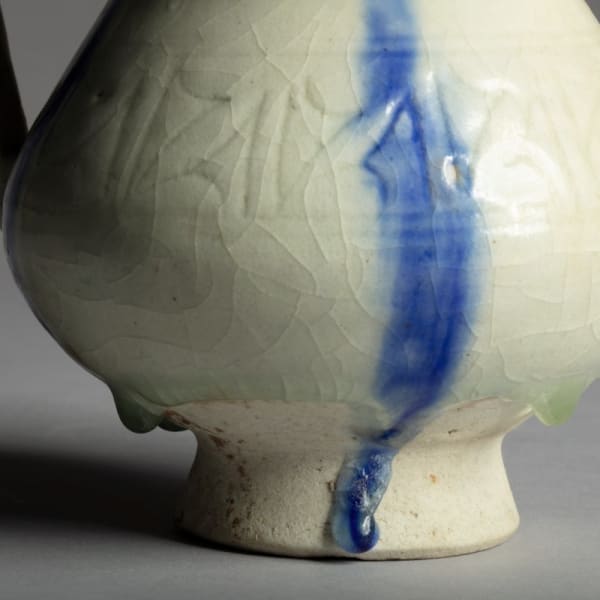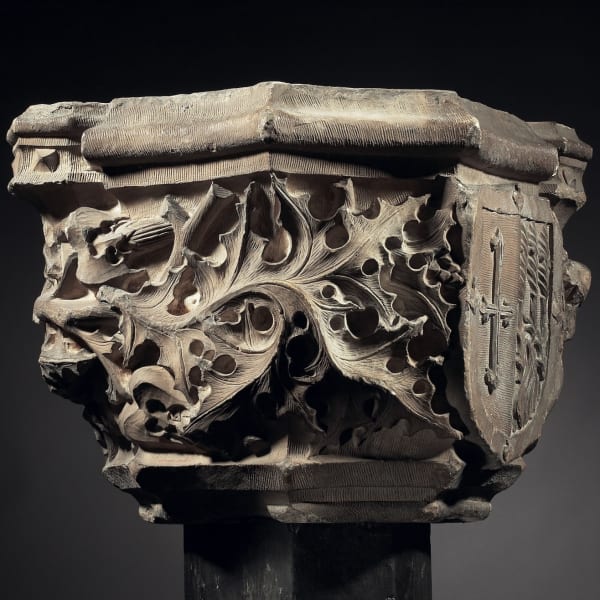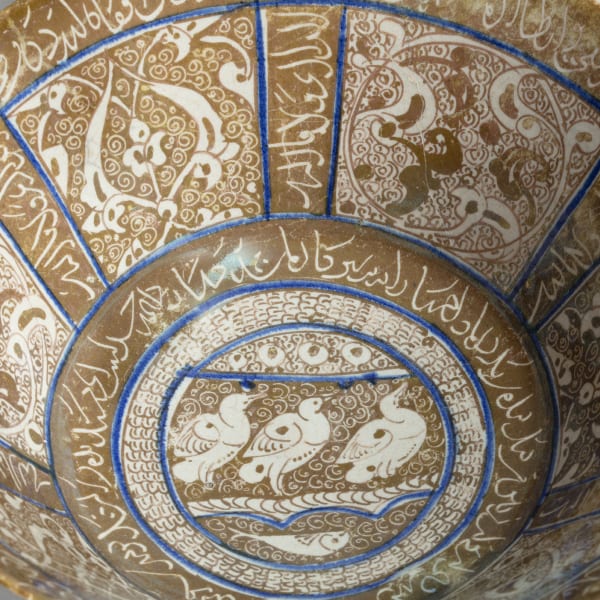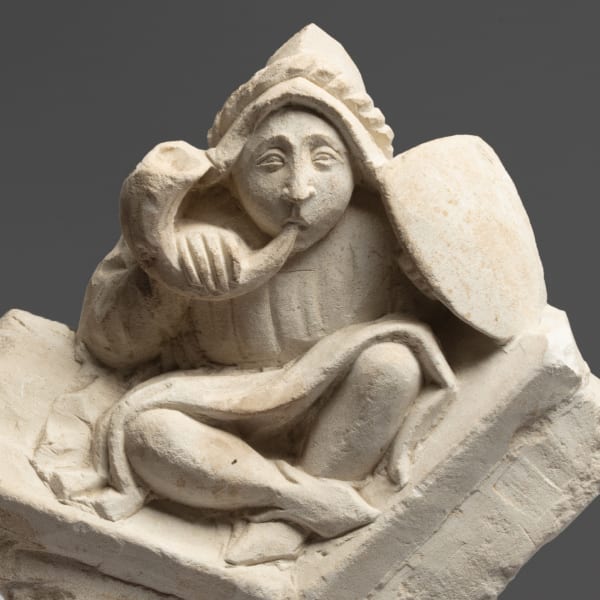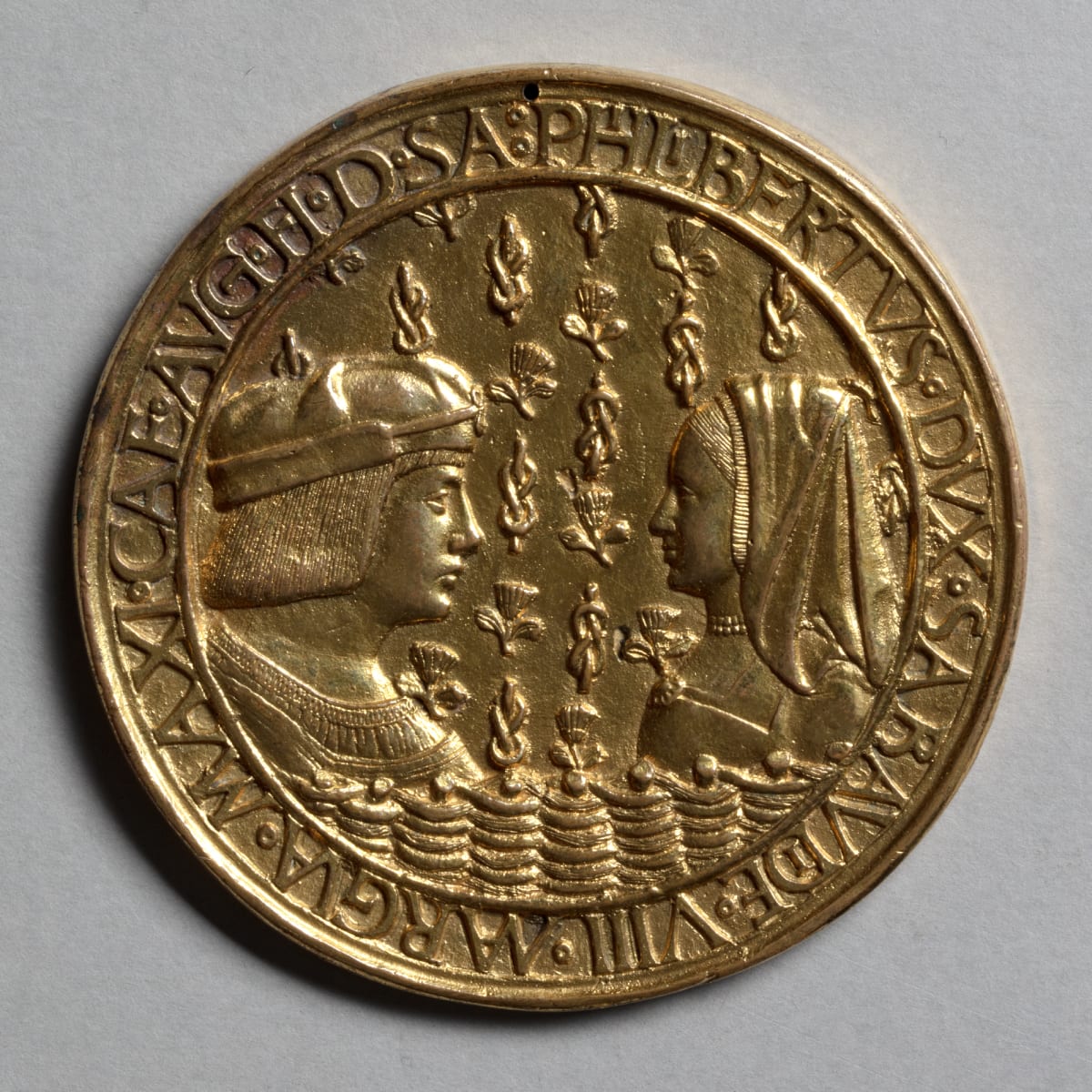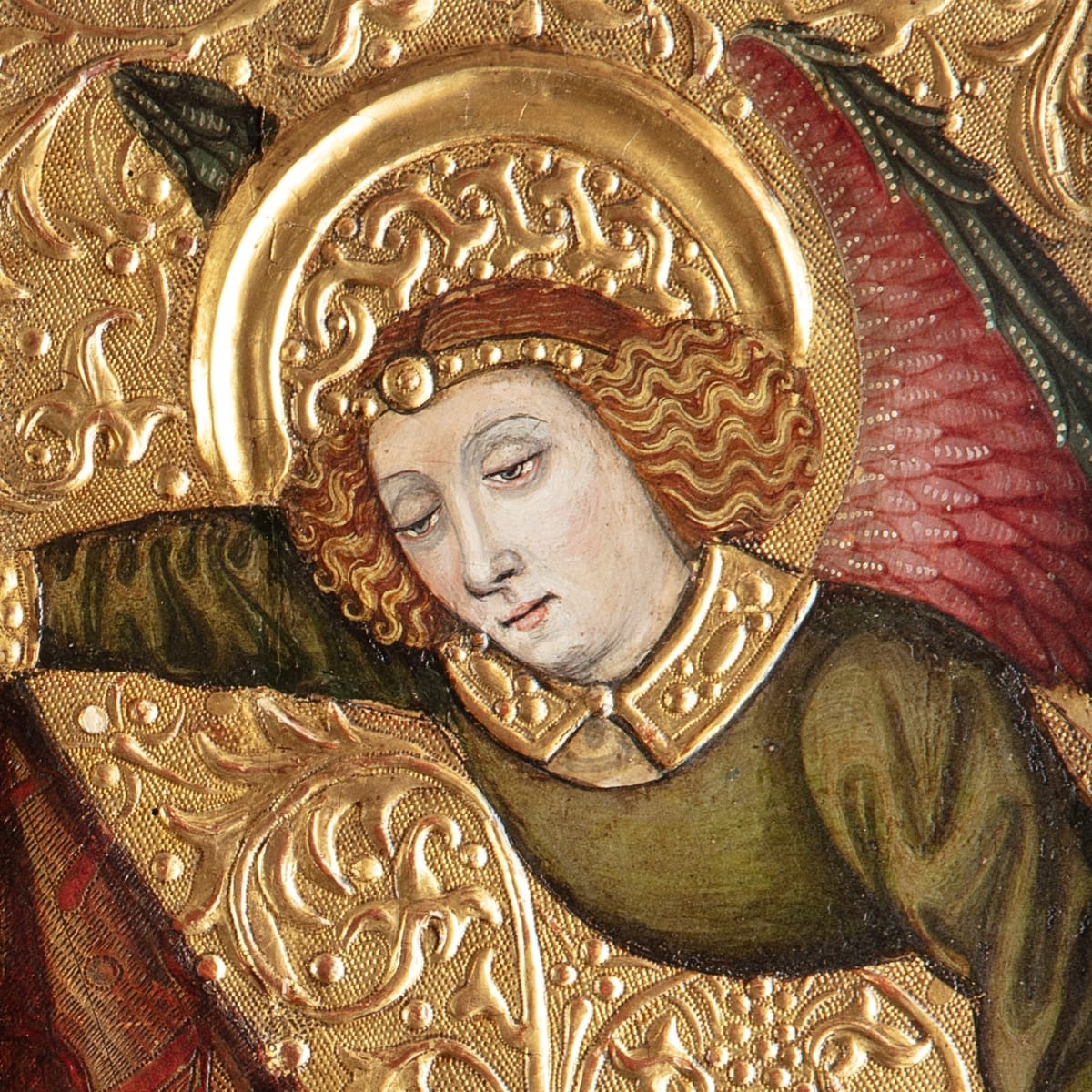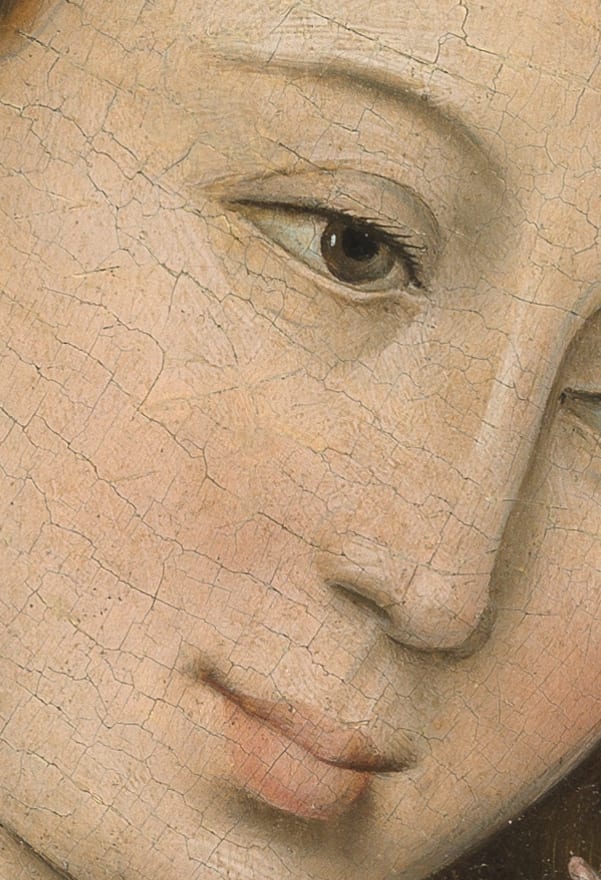
Our perception today of the long Middle Ages, a period spanning almost a thousand years of European history, is still informed by Vasari's reductive approach to northern Europe as a place of hostility, difference, and darkness. Yet it is a period of time responsible for some of humankind's most remarkable cultural movements, from the migrating communities of master goldsmiths settling in Spain in the sixth century, to the skilled armourers of Maximilian I, and from the Langobardic stone carvers of the ninth-century to the great cathedral builders of the 1200s whose miraculous creations still dominate the skylines of many of Europe's most developed cities.
It is this fruitful, turbulent, and creative period we call the long Middle Ages that Sam Fogg places in the spotlight during London Art Week's Digital Winter edition, in an exhibition devoted to a thousand years of European creativity and the full gamut of materials available to the Medieval artist. Magnificent Visigothic buckles inlaid with garnet and lapis lazuli will be partnered with fifteenth-century goldsmiths' work made for rich ecclesiastical treasuries. Flemish and German panel paintings will sit alongside polychromed, gilded, and embellished late Gothic limewood sculpture, the two art forms executed by artists who could tailor their work to two- and three-dimensional formats with ease. Grimacing gargoyles and mouth-pulling fools which once decorated vast gothic churches will gawp and jeer at miniature carvings made for private devotion at an intimate family altar table. It is an exhibition of contradictions, changing contexts, and conversations across time.
